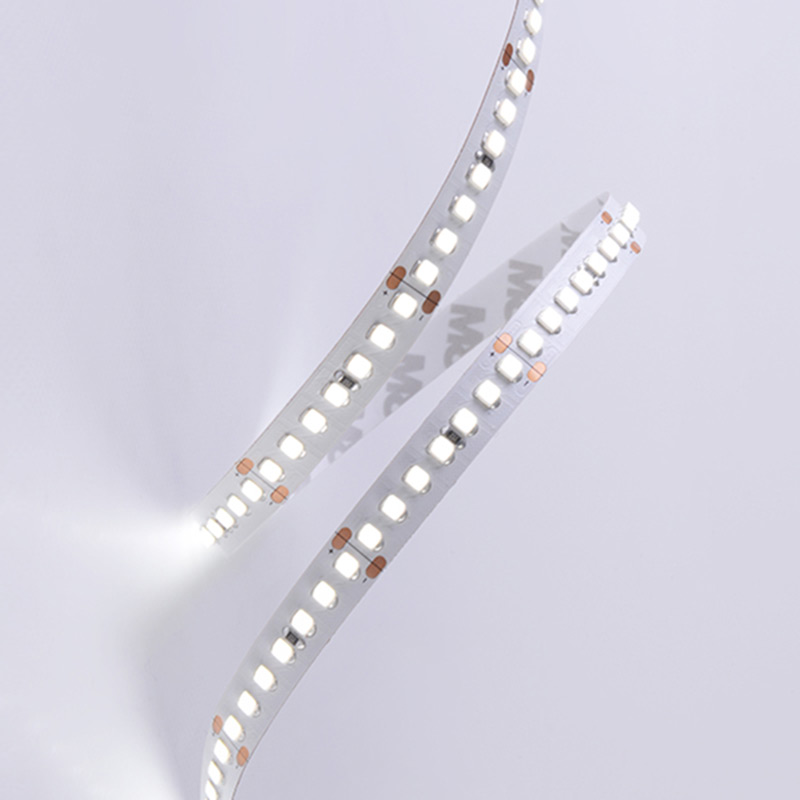
-
 Afrikaans
Afrikaans -
 Albanian
Albanian -
 Amharic
Amharic -
 Arabic
Arabic -
 Armenian
Armenian -
 Azerbaijani
Azerbaijani -
 Basque
Basque -
 Belarusian
Belarusian -
 Bengali
Bengali -
 Bosnian
Bosnian -
 Bulgarian
Bulgarian -
 Catalan
Catalan -
 Cebuano
Cebuano -
 Corsican
Corsican -
 Croatian
Croatian -
 Czech
Czech -
 Danish
Danish -
 Dutch
Dutch -
 English
English -
 Esperanto
Esperanto -
 Estonian
Estonian -
 Finnish
Finnish -
 French
French -
 Frisian
Frisian -
 Galician
Galician -
 Georgian
Georgian -
 German
German -
 Greek
Greek -
 Gujarati
Gujarati -
 Haitian Creole
Haitian Creole -
 hausa
hausa -
 hawaiian
hawaiian -
 Hebrew
Hebrew -
 Hindi
Hindi -
 Miao
Miao -
 Hungarian
Hungarian -
 Icelandic
Icelandic -
 igbo
igbo -
 Indonesian
Indonesian -
 irish
irish -
 Italian
Italian -
 Japanese
Japanese -
 Javanese
Javanese -
 Kannada
Kannada -
 kazakh
kazakh -
 Khmer
Khmer -
 Rwandese
Rwandese -
 Korean
Korean -
 Kurdish
Kurdish -
 Kyrgyz
Kyrgyz -
 Lao
Lao -
 Latin
Latin -
 Latvian
Latvian -
 Lithuanian
Lithuanian -
 Luxembourgish
Luxembourgish -
 Macedonian
Macedonian -
 Malgashi
Malgashi -
 Malay
Malay -
 Malayalam
Malayalam -
 Maltese
Maltese -
 Maori
Maori -
 Marathi
Marathi -
 Mongolian
Mongolian -
 Myanmar
Myanmar -
 Nepali
Nepali -
 Norwegian
Norwegian -
 Norwegian
Norwegian -
 Occitan
Occitan -
 Pashto
Pashto -
 Persian
Persian -
 Polish
Polish -
 Portuguese
Portuguese -
 Punjabi
Punjabi -
 Romanian
Romanian -
 Russian
Russian -
 Samoan
Samoan -
 Scottish Gaelic
Scottish Gaelic -
 Serbian
Serbian -
 Sesotho
Sesotho -
 Shona
Shona -
 Sindhi
Sindhi -
 Sinhala
Sinhala -
 Slovak
Slovak -
 Slovenian
Slovenian -
 Somali
Somali -
 Spanish
Spanish -
 Sundanese
Sundanese -
 Swahili
Swahili -
 Swedish
Swedish -
 Tagalog
Tagalog -
 Tajik
Tajik -
 Tamil
Tamil -
 Tatar
Tatar -
 Telugu
Telugu -
 Thai
Thai -
 Turkish
Turkish -
 Turkmen
Turkmen -
 Ukrainian
Ukrainian -
 Urdu
Urdu -
 Uighur
Uighur -
 Uzbek
Uzbek -
 Vietnamese
Vietnamese -
 Welsh
Welsh -
 Bantu
Bantu -
 Yiddish
Yiddish -
 Yoruba
Yoruba -
 Zulu
Zulu
Step-by-Step Guide for Safely Removing Brake Drums on Your Vehicle
Brake Drum Removal A Step-by-Step Guide
Brake drums are crucial components in a vehicle's braking system, particularly in older models and some heavier vehicles. Over time, they may wear down, develop grooves, or accumulate debris, necessitating their removal for inspection or replacement. If you're a DIY enthusiast or just want to save some money on labor costs, removing brake drums can be a manageable task with the right knowledge and tools. Here's a comprehensive guide on how to remove a brake drum safely and effectively.
Tools and Materials Needed
Before diving into the removal process, ensure you have the following tools and materials at hand - Jack and jack stands - Tire iron - Brake cleaner - Screwdriver (flat-head and Phillips) - Adjustable wrench - Hammer - Torque wrench - Replacement drum (if needed)
Safety First
Always prioritize safety when working on a vehicle. Ensure you're in a well-ventilated area, wear safety glasses and gloves, and have a fire extinguisher nearby in case of emergencies. Additionally, work on a flat surface to prevent the vehicle from rolling.
Step-by-Step Removal Process
Brake Drum Removal A Step-by-Step Guide
2. Lifting the Vehicle Once you’ve loosened the lug nuts, use a jack to raise the vehicle. Position the jack under the appropriate lift points stated in your vehicle’s manual. Once elevated, securely position jack stands under the vehicle for stability.
brake drum removal

3. Removing the Wheel Finish removing the lug nuts and take off the wheel. Place the wheel aside in a safe location, preferably upside down to prevent damage.
4. Inspecting the Brake Assembly With the wheel off, take a moment to inspect the brake assembly. Look for any signs of wear or damage, such as leaking wheel cylinders or worn brake shoes.
5. Removing the Brake Drum Most brake drums are held in place by either screws or are a press fit onto the wheel hub. If screws are present, use a screwdriver to remove them. For drums that are tightly fitted, you may need to tap around the edge of the drum gently with a hammer to break the seal. If the drum still won't budge, you can use a brake drum puller, which applies even pressure, making removal easier.
6. Inspecting the Drum and Components Once the brake drum is off, inspect it for wear and warping. Check the brake shoes, springs, and wheel cylinders for any signs of damage. If you notice any components that are worn out, consider replacing them before reassembly.
7. Cleaning the Components To maintain optimal braking performance, clean the drum, shoes, and surrounding components with brake cleaner. This will eliminate dust, debris, and old grease, ensuring that the new parts operate efficiently.
8. Reassembly If you are replacing the drum, install the new drum by lining it up with the wheel hub and gently pushing it into place. Reattach any screws if necessary. Follow this with reinstalling the wheel, securing it with the lug nuts, and lowering the vehicle from the jack stands.
Conclusion
Removing brake drums is a task that can be completed by any car owner willing to take their time and follow safety precautions. By understanding the process and gathering the necessary tools, you can inspect and replace your brake drums as needed, ultimately saving on repair costs. However, if you encounter any issues or are unsure during the process, it’s always wise to consult a professional mechanic to ensure your vehicle's braking system remains safe and functional. Happy wrenching!
-
What Are Drum BrakesNewsJul.07,2025
-
Understanding Brake Drum MaterialNewsJul.07,2025
-
Semi-Trailer Brake Drum: A Key Component for Extreme Loads and Long-Distance TransportNewsJul.07,2025
-
Drum Brake Pads for SaleNewsJul.07,2025
-
Brake Drums for SaleNewsJul.07,2025
-
Brake Drum ManufacturerNewsJul.07,2025
-
Aluminum Brake Drums: The Future of High-Performance CarsNewsJul.07,2025
